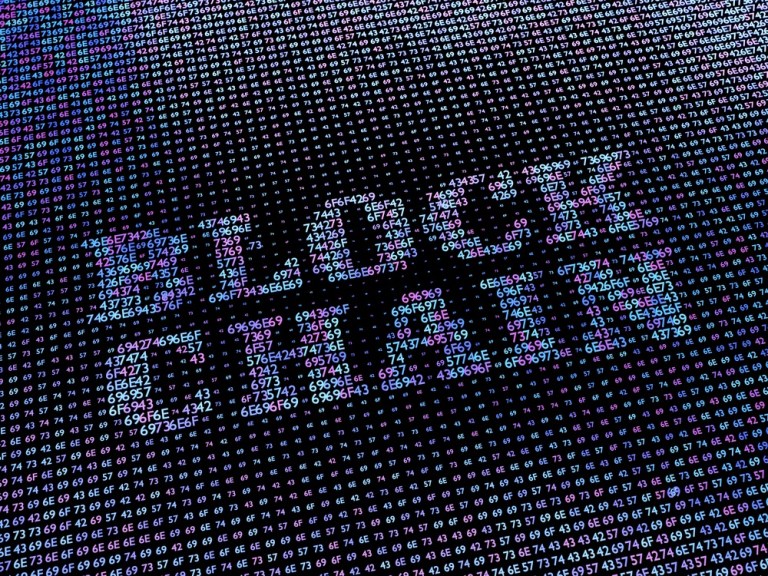
Clearance granted … immediately? New developments in blockchain technology could be taking Faster Payments to another next level. In the latest Faster Payments Tracker™, PYMNTS spoke with Karen Hsu, head of growth at BlockCypher, about where the challenges and opportunities currently exist in the blockchain space. Find that, along with the latest headlines from around the space, in this month’s Tracker.
Blockchain technology has allowed businesses to eliminate unnecessary, not to mention costly, intermediaries and significantly reduce international cross-border payment processing time from weeks to a day. With these benefits in mind, blockchain has recently captured the attention of several players from around the faster payments space.
From a social messaging platform getting a payments enhancement to a major credit card company testing a yet-to-be-released payment system, plenty of faster payments initiatives have either been launched or are being developed behind the scenes across the blockchain landscape. The blockchain solutions are intended to make the payments process more efficient and transparent for consumers.
Recent developments from across the faster payments world
The October PYMNTS.com Faster Payments Tracker™ news section features stories highlighting the latest updates from around the faster payments ecosystem, including some companies that launched new applications and formed partnerships to benefit customers.
For example, credit card giant Visa has tested a system it created that will enable lenders to send funds using blockchain technology. The testing has been underway for about a year and a half, and digital payments provider BTL Group and Visa are now inviting European lenders to use the tech solution to help with bank-to-bank payments processing. The initiative is intended to reduce payment friction between cross-border and domestic transfers.
Meanwhile, BM&FBOVESPA, a Latin American financial market infrastructure, has joined the R3 consortium. BM&FBOVESPA is now the first exchange able to collaborate with several dozen banks to create commercial applications for the financial services industry. The consortium comprises professionals from several industries, including blockchain, design, engineering and finance.
In the instant messaging space, blockchain company Circle announced that blockchain payments can be made using the iMessage platform. Circle now allows Apple’s iMessage users to send payments in several currencies, including bitcoin, U.S. dollars, euros and pounds sterling, via the instant messaging service. By adding the payments functionality to iMessage, users can now quickly send and receive payments without incurring any fees. Circle for Android also provides the same payments capability.
In addition to the innovative blockchain technology recently being developed, this month’s Faster Payments Tracker™ cover story features a PYMNTS interview with Karen Hsu, head of growth at BlockCypher, about how the company’s solutions have sought to make payments faster, reduce fraud and also where the challenges and opportunities currently exist in the space.
Here’s a sneak peek:
For the companies that are able to use a blockchain solution like the one developed by BlockCypher, it may allow them to carve a considerable amount of time out of their payroll processes.
Typically, a company’s employees or contractors get paid between 11 and 15 days through a bank wire transaction, according to Hsu. But BlockCypher claims its solution can cut that transaction time down to near-instantaneous.
“That’s because of our ability to put that payment transaction information onto the blockchain and enable people to get that payment cleared almost immediately,” Hsu said. “And if not same day, then the next day.”
To download the October edition of the PYMNTS.com Faster Payments Tracker™, click the button below.
About The Tracker
The PYMNTS Faster Payments Tracker™, powered by NACHA, is your go-to resource for staying up to date on a month-by-month basis. The Tracker highlights the contribution of different stakeholders, including institutions and technology coming together to make this happen.